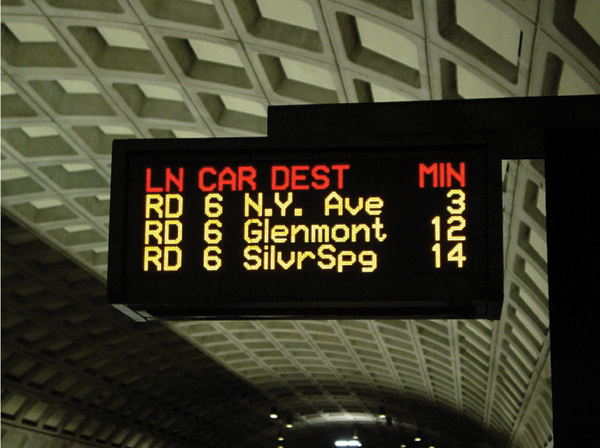Keeping an Eye on the Future – the Potential for “Smart Transit”
Despite its current operational challenges, it’s important to keep an eye on the future. Our increasingly connected world means that tomorrow’s transit system could not only be more reliable, cleaner, and faster – but smarter.
Recently WMATA announced that there is a path forward to cellular service throughout the rail network. That’s a huge step forward for all of Metro’s customers, who we know value staying connected and productive while on the go. But checking email, catching up on social media, or even banging out that legal brief while en route from work to happy hour is only the beginning of what a technology-enabled interconnected transit network can do. Metro’s Office of Planning is keenly interested in understanding what the future of the “Internet of Things” might mean for WMATA, and we reached out to industry experts to find out.
On September 14, 2015, the Office of Planning hosted transportation experts who were in town for Smart Cities Week to weigh in on how technology and data could transform the way we think about transit. Our panelists – all of whom agreed to participate on their own dime and on the condition that we were not entertaining any sales pitches! – included representatives from Cisco, Microsoft, Mastercard, TransitScreen, and Urban Insights. The event hosted over 60 leaders from WMATA to hear what evolved into an open dialogue about the promise of a data-enhanced transit system and rider experience.
Here are some of the major take-aways from the event: Read more…




Recent Comments